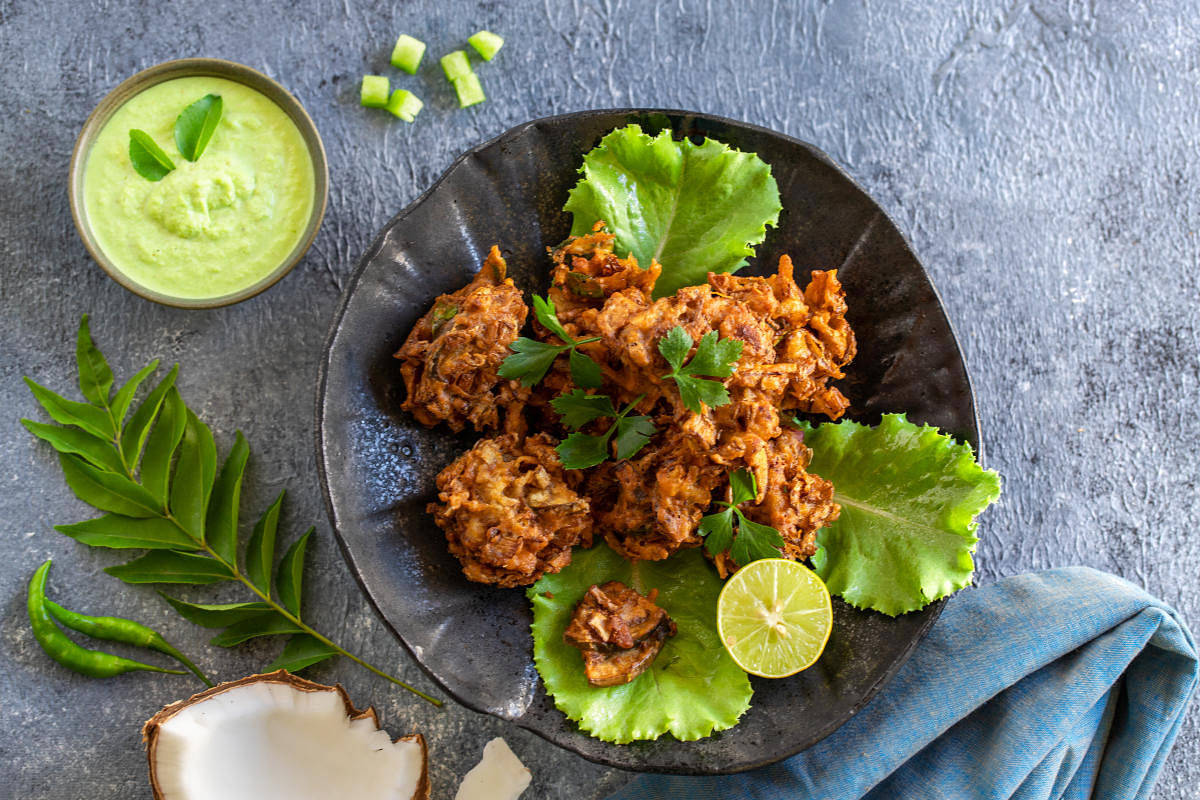
As Indians, most of our stories are either derived from culture or food experiences that we have had in our lives. While chutney is a very small part of Indian thalis, it is nevertheless a very important part. Some 2000 years ago, chutney originated in India in the form of a sauce or paste made from fresh ingredients. Back then, it was made with tomatoes, onions or nuts and prepared with fresh ingredients. Often, it was served in a way it colour-coordinated with other foods.
Earlier, there were only a couple of flavours in chutneys but now the market is flooded with a variety of distinct flavours and it becomes hard to pick one.
For Rohit Chadha, executive sous chef at JW Marriott, Juhu, Mumbai, chutneys open the floodgates of nostalgia. “When I used to travel by the school bus, a Rajasthani boy used to bring 10g of spicy chutney with four rotis. That chutney still gets me salivating,” he shares. Further, he adds that as his parents are from Bihar, he has grown up eating dal chawal with tamatar chutney. During his growing-up years in Mumbai, he remembers living around a lot of Bengalis and hence plastic chutney (a sweet chutney recipe prepared with raw papaya) and kuler achar chutney (jujube sweet and sour pickle) became his favourite picks. A South Indian chutney on the other hand has its own charm, he adds. Soumyadeep Mukherjee and Gayatri Gogate, founders of the chutney brand Spice Story say, “Mayonnaise is fun but we maintain that it has limited usage in our everyday meals. Chutneys, on the other hand, are what we grew up with. We practically eat chutneys with everything in all our meals. Be it breakfast, lunch or snacks.”
They pick Indore’s lemon chutney as their all-time favourite because it reminds them of their childhood.
Pankaj Gupta, the owner of Taftoon Bar and Kitchen, Mumbai, says, “Every Indian family knows that their regional chutney and homemade recipes will use ingredients and flavours that are distinct to their home… For most, the local chutneys will always be a link to where they have grown up, or be a path of discovery across our varied country and culinary history. The earthiness, freshness and rawness of chutney uplift the meal in a way that no Western product can compete with!”
Move over mayonnaise!
No matter how many international flavours take on the Indian food market, the traditional Indian chutneys are here to stay, believe food enthusiasts. “Most of my food videos are from the streets of Delhi and the best part is to try uniquely flavoured chutneys with street food from a variety of stalls. The flavours cannot be matched by mayonnaise-based sauces,” says Gaurav Tomar, owner of the food blog Foodparadise.in on Instagram. Himanil Khosla, chef-partner at Tierra, says, “Although nowadays, our humble chutney faces stiff competition from its international cousins like mayonnaise, salsas, hummus etc., I feel our chutneys are here to stay. As is the case with most culinary trends, I feel we will have two variations. We will have a modern adaptation on the lines of a tandoori mayo, or a green chilli and mint hummus, or raw mango salsa, etc. But the classics will remain. The true OGs — mint, coconut, and tamarind are here to stay.” Naresh Konda, the executive chef at ISHTAA, a Hyderabad-based vegetarian restaurant, says that while mayonnaise has more oil content and is not suitable for everyone, chutneys help with various aspects of one’s health, such as digestion, blood flow, immunity, and many more.
Chef Chadha also believes that chutneys are here to stay and no mayonnaise can beat the Indian chutneys.
Healthy & tasty
There’s a splash of flavours in your mouth as you try any traditional Indian chutney be it from any region of the country. Rare are food items that are healthy as well as tasty and chutney is one of them. “There is a multitude of benefits to chutneys — micronutrients and antioxidant properties build immunity, improve digestion and more,” the Spice Story founders say. The Taftoon founder believes that chutneys are high in minerals, vitamins and antioxidants, and healthy as they are packed with nutritive qualities gathered from basic ingredients which are also a great palate cleanser. Tomato chutney, he mentions, is rich in vitamins B, C, and E. “For example, garlic chutney can reduce the risk of high blood pressure, diabetes, high cholesterol and heart disease. These chutneys also have beautiful natural colours which you will spot in any thali,” Gupta says. He further vouches for hemp seed chutney, which he calls the healthiest chutney popular in states like Himachal Pradesh and Uttarakhand, which includes all nine amino acids, making it one of the best protein sources.“Eating hemp seed chutney can give your heart, metabolic and cognitive health a good boost,” he says.
Hemp seed chutney
Soak the hemp seeds overnight and grind them along with garlic, pepper red chillies and salt. Use water as required. It’s best made in a mortar and pestle, suggests Gupta. He also shares the recipe of another chutney made with vadi, spiced and sun-dried dumplings made from ground lentils. Sauté the vadi in oil, add garlic, red chillies, green coriander and salt, he adds. Chef Konda says that his favourite chutneys are peanut and coconut. “Grind peanuts, chillies, onion, rock salt, tamarind, and garlic for peanut chutney. These have to be ground in a stone grinder with cold-pressed oil,” he says. A similar procedure should be followed for making coconut chutney using coconut, ginger, coriander leaves, green chillies, and rock salt. Chef Chadha likes giving a smoky flavour to the classic tomato chutney. There can be several mix-and-match flavours when it comes to making chutneys at home. What’s your pick?